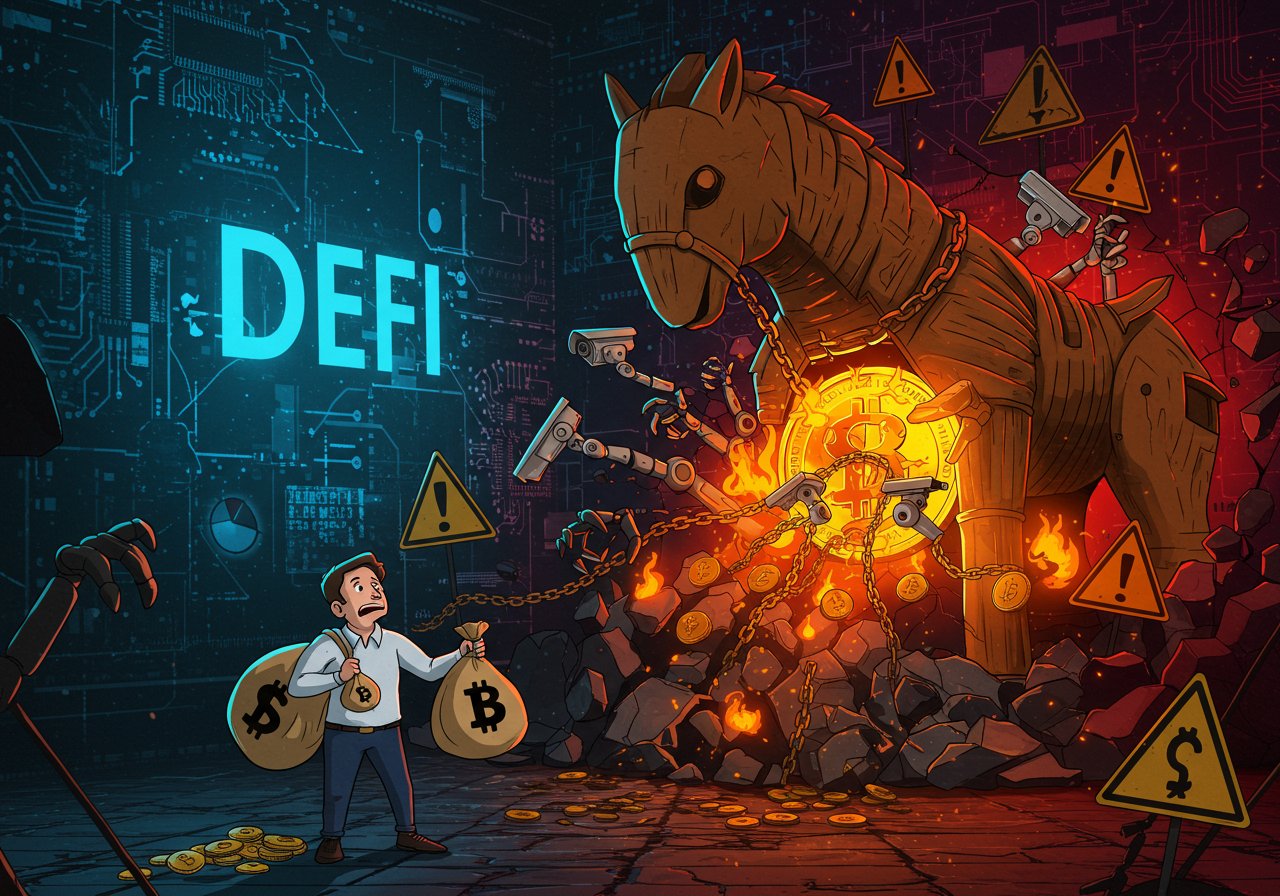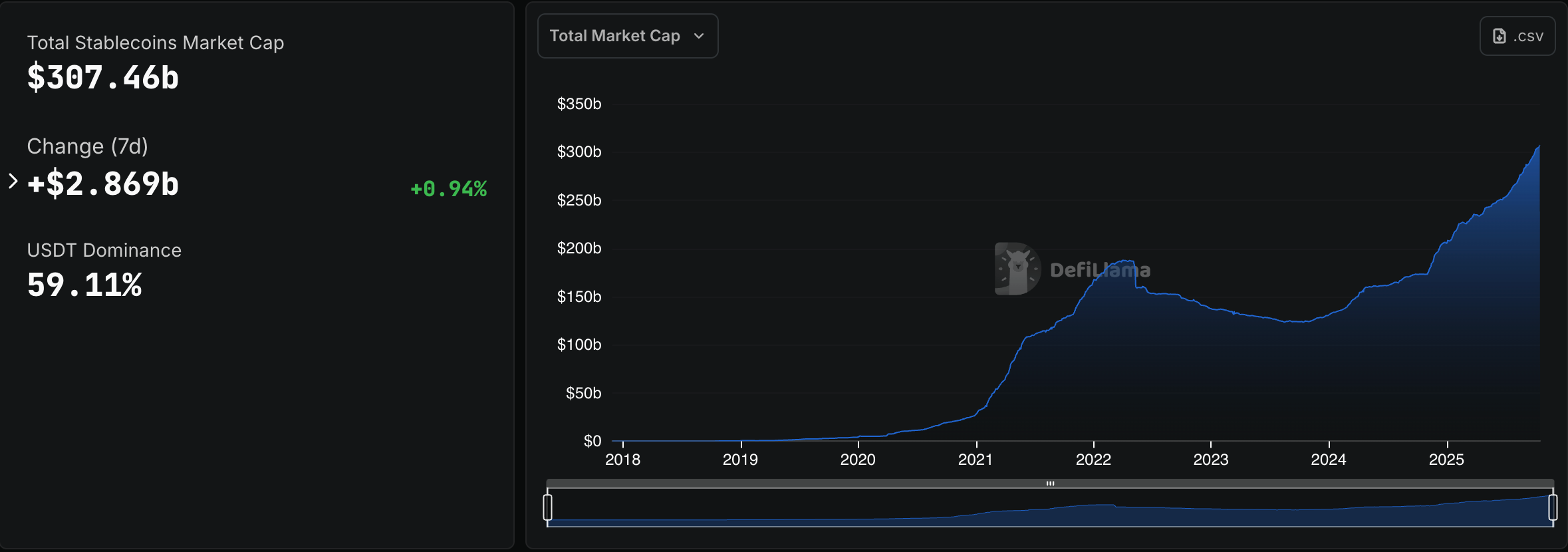
The Rise of Central Business Digital Currencies
Jeremy Kranz, founder of Sentinel Global, has raised a significant point of concern within the crypto sphere, characterizing privately-issued stablecoins as “central business digital currencies.” This framing highlights the evolving nature of these digital assets, suggesting they are not simply a bridge to crypto, but a potential gateway to the same types of surveillance and control mechanisms associated with Central Bank Digital Currencies (CBDCs). Kranz’s perspective invites a deeper examination of the risks inherent in the rapidly expanding stablecoin market.

The Surveillance and Control Parallels
Kranz’s warning isn’t alarmist; it’s a call for discernment. He underscores that stablecoins, particularly those issued by private entities, can be subject to the same types of government oversight and control that worry critics of CBDCs. This includes the potential for surveillance, backdoors, and programmability, mirroring the concerns about a government’s ability to monitor and potentially freeze user funds. The risk, as Kranz explains, is that a stablecoin issued by a large financial institution could be subject to regulations like the Patriot Act, allowing the issuer to unbank users.
Unique Risks within the Stablecoin Ecosystem
Beyond the parallels with CBDCs, stablecoins face their own distinct set of challenges. Overcollateralized stablecoins, which back tokens with reserves, are vulnerable to “bank run” scenarios if too many holders attempt to redeem their tokens simultaneously. This can trigger instability, and is a significant concern. Algorithmic and synthetic stablecoins, which utilize complex software and trading strategies, introduce additional counterparty risks. These risks include the potential for de-pegging from the dollar, especially during periods of market volatility or flash crashes in crypto derivatives markets.
The Importance of Investor Due Diligence
Kranz emphasizes that technology itself is neutral. It can be utilized to create a more efficient and transparent financial system, but also be misused. The crucial factor lies in investor awareness and due diligence. Understanding the fine print, the underlying risks, and the specific mechanics of each stablecoin is paramount. Investors must make informed choices to protect themselves in a rapidly evolving financial landscape.
A Landscape of Rapid Innovation and Increasing Scrutiny
The stablecoin market has expanded at a phenomenal pace, exceeding $300 billion in market capitalization. The innovation happening within this space is significant, and rapid. This growth has attracted significant attention from regulators and lawmakers, as seen with the introduction of the GENIUS stablecoin bill. While proponents view it as a move to provide more clarity, others like Representative Marjorie Taylor Greene have expressed concern that the bill could act as a gateway to the CBDC. As the regulatory landscape continues to evolve, investors must stay informed and exercise caution, understanding that the risks and rewards are constantly shifting.



